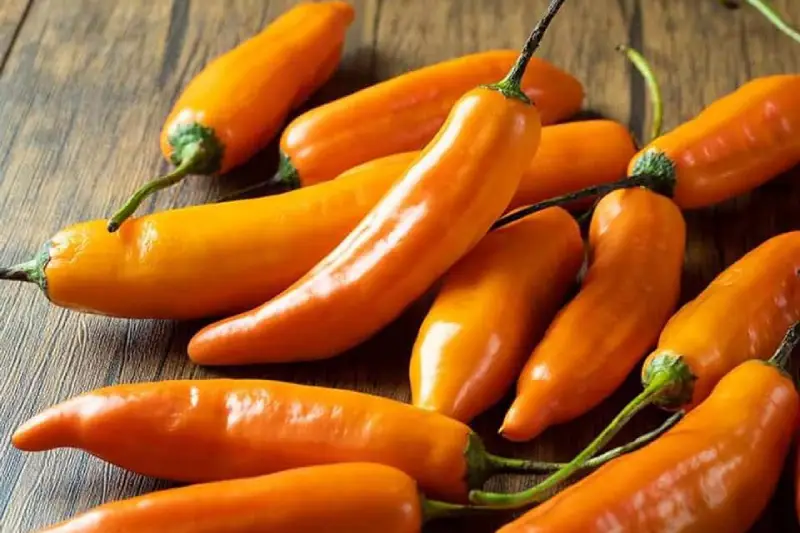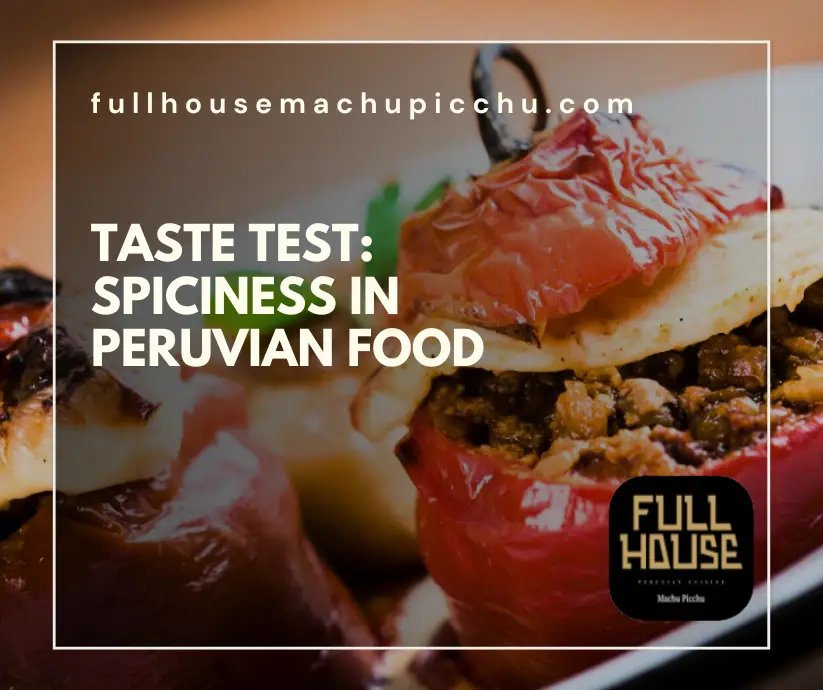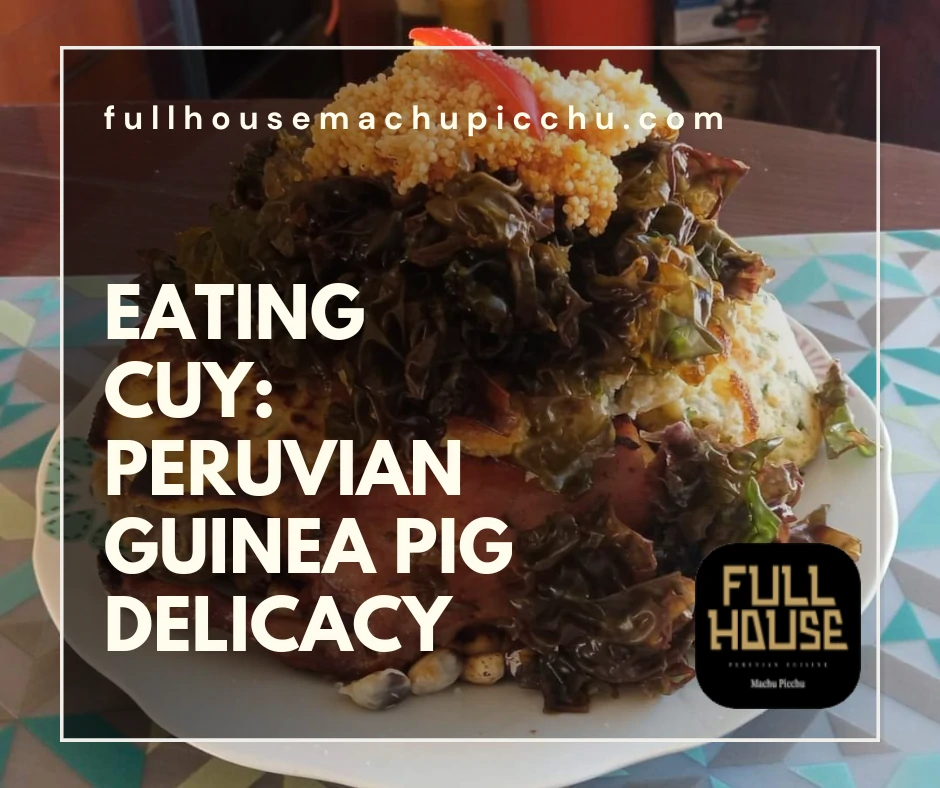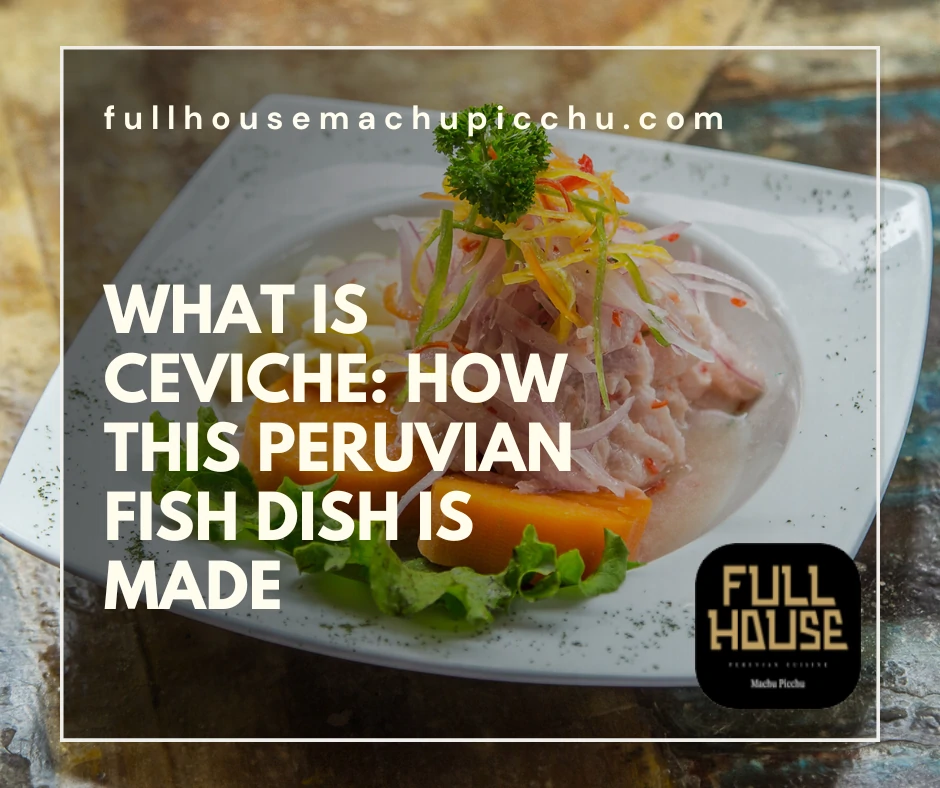How spicy is Peruvian food? For those with sensible palates or the fans of the heat. Let’s explore the spiciness in Peruvian food for everyone’s sake.
The spice tolerance of every traveler and foodie is different. Peruvian food is becoming very popular and some may be worried. We’ll break down the spice levels, what to look for, everything. Prepare for this culinary adventure.
Join us as we explain the bases of spiciness in Peruvian Food. After this, you’ll be ready to tackle any Peruvian menu, like ours.
General Level of Spiciness in Peruvian Food
Peruvian cuisine is famous for its rich flavors. As a South American culture, some of its dishes boast some heat. But how spicy is it?
With no intention to extend this further. The general level of spiciness in Peruvian food is mild to moderate. Peruvian culture is generally friendly for those that are sensitive to the heat.
But that doesn’t mean that you won’t find some spiciness in Peruvian food. You only have to look a little further.
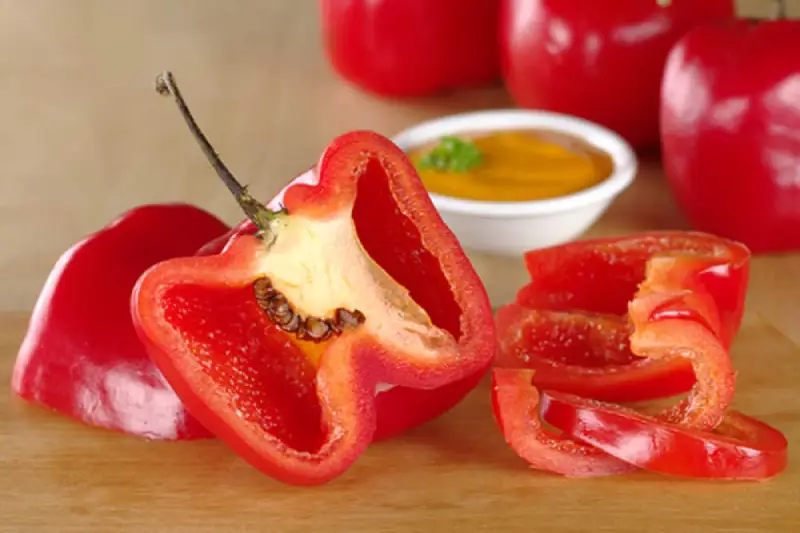
Spiciness in Peruvian Food: Uchucuta
Peruvians enjoy adding spice to their food, but it’s usually optional. Hot sauces, like uchucuta, llajuita are always available.
In some cases you directly put rocoto chili pepper over your food. This allows individuals to adjust the heat to their taste. There are certain dishes that locals can not eat without uchucuta.
Many different hot sauces exist along Peru. Different places use different ingredients on their uchucutas. This of course adds to the sheer variety of Peruvian food. The spiciness in Peruvian food takes many forms.
Some mild sauces that contain peppers are called “ocopas”. They have ingredients like milk or cheese. So they are always pleasant.
Peruvian Flavors and Spices
If we are going to explore the spiciness in Peruvian, we need to address every one. Spiciness is pretty subjective. Some people have really low tolerance for anything hot.
Peruvian food can cater to all tastes, but it also is quite condimented. In every dish you will encounter more than salt and pepper. Cummin, garlic, yellow chile, achiote, cinamon, jinger, etc. That is not considering the herbs.
Peruvian cuisine uses a variety of spices, herbs and condiments. Our food is really condimented. This ensures the food is flavorful. But some stomachs may not be prepared.
Key Condiments in Peruvian Cuisine
Peruvian cuisine boasts its rich flavors. Key condiments play a crucial role in this culinary delight. These condiments add depth, complexity, and sometimes spiciness.
Let’s explore the main spices in Peruvian cuisine and their impact on spiciness in Peruvian food.
Spiciness in Peruvian Food: Key Condiments
As may occidental cuisines, the prevalence of salt and pepper as a base persist in Peruvian cuisine. Another possible combination of onion and garlic. At least when they are stews.
The variety is too wide to list everything. You will even encounter dishes with its main seasoning is soy sauce.
The prevalence of herbs adds to the variety and freshness. You will encounter the use of Peruvian black mint, bay leafs and oregano as part of savory dishes. Coriander and green onion top a lot of dishes.
The Sources of Spiciness in Peruvian Food
Aji amarillo is a staple in Peruvian dishes. This yellow chili pepper offers a mild heat. It is mainly used for the fragrance and color.
Most people cook it before adding it to the food. But if you don’t do this, the food could end up a little spicy. Yellow pepper shines in dishes like aji de gallina and papa a la huancaína.
Rocoto chili is another important condiment. It may be Peru’s favorite pepper. It is much spicier than aji amarillo. Normally people eat it as a complement for other dishes, or in pickled form.
But Rocoto shines by itself in Rocoto relleno and Adobo. Also it is necessary to mention the extensive use in Peruvian hot sauces. Rocoto is beloved.
Aji limo is a small but potent chili pepper. You will find it more on seafood dishes and Chaufa. It adds a fiery kick to everything. It’s a powerful ingredient despite its small size.
You surely will find it in ceviche and leche de tigre. And every dish labeled as spicy in a seafood restaurant or chifa restaurant, probably has it.
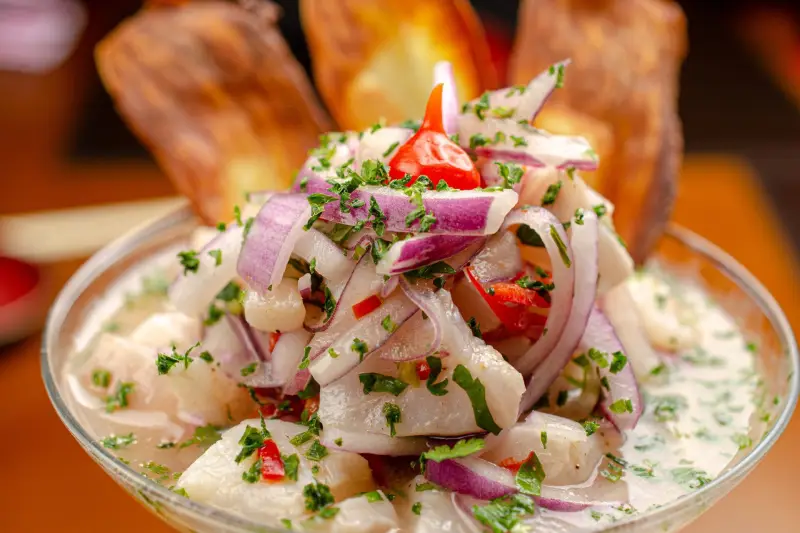
The Spiciest Peruvian Dishes You Must Try
Peruvian cuisine is known for its diverse ingredients and flavors. Among its many delights are some truly spicy dishes. If you love spicy food, these Peruvian dishes will excite your taste buds. Here are the spiciest Peruvian dishes you must try.
Rocoto Relleno: A Fiery Delight
Rocoto relleno is a classic companion dish. It features a stuffed rocoto chili pepper. These peppers can pack a serious punch.
However many people remove the spiciest part of the pepper when preparing it (veins and seeds). And then the skin is washed in salt water.
The dish is not supposed to be that hot. But many like the dish extra spicy, so intentionally they don’t remove the veins.
The stuffing typically includes meat, peas, onions, carrots and peanuts. The combination creates a flavorful treat.
Ceviche: Spicy and Refreshing
Ceviche is traditionally spicy. The main marinate contains aji limo chili peppers. For extra heat you can just add more aji limo.
The leche de tigre (tiger’s milk) is the marinade of ceviche with some additions. Some of the additions are rocoto, aji limo and yellow pepper.
Adobo: Savory and Delicious
Adobo is a traditional dish. It is similar to broth soup you eat with bread. The process behind with pork meat marinated overnight in condiments. Then the marinated pork is boiled along with aromatics, onions and whole rocotos.
Adobo is eaten on Sunday mornings, traditionally. The saltiness, the heat and the meat are supposed to wear off the Saturday night consequences. It is one of the more interesting spicy dishes in Peru.
